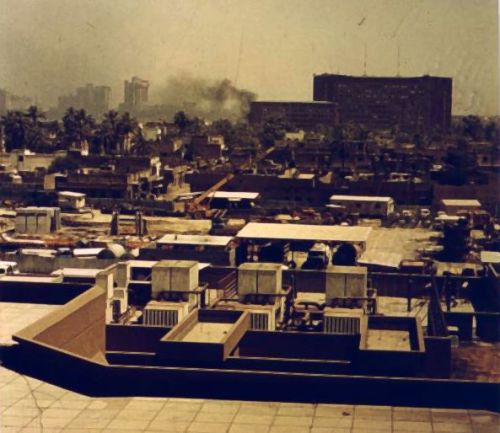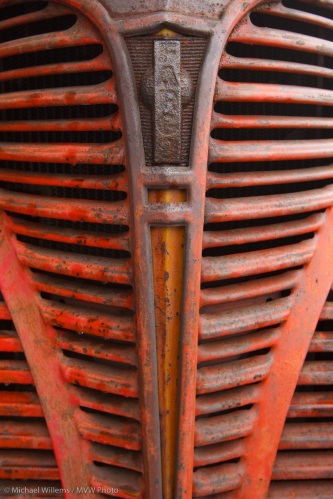Why, some people ask, should I pay a photographer hundreds of dollars for some shots that Uncle Fred can do for free?
A fair question. It is clearly not that the photographer is getting rich. So what do you get for your money when you hire a photographer?
Here’s what.
- Knowledge. I have heard it say that it takes 10,000 hours to become an expert at anything, from brain surgery to plumbing. I can believe it – I spend every hour shooting or learning about it even today. A working photographer has the hours of learning needed to ensure success.
- Practical experience. It is unlikely that, when you hire a pro for, say, an important event, it is the first time he or she has shot that type of event.
- Artistic insight. Unlike Uncle Fred, the pro knows how to compose your photos. He or she will not put every subject in the centre: instead, you will get artistic photos.
- Equipment. A pro has the right gear for the job. My $15,000 worth of cameras, $10,000 worth of lenses and $10,000 of other equipment means something. It means that your shots will be tack sharp. It means that if we need a wide angle lens, we have it. It means backgrounds can be blurred out by large apertures. It means that if the shot involves low light, we will get it without motion blur. It means the cameras will work in the rain. It means that each shot can be written to two memory cards at once, so that if one breaks, the shot is safe. It means the colours will be right.
- Post-production work. The pro knows how to finish the shots in post-production. Cropping, exposure adjustments, skin blemish fixups: often, a one-hour shoot means two hours of finishing, exporting, and uploading. Do not underestimate that: half the work is in the post.
- Reliability. You can be assured that the pro will show up as promised, when promised…
And that is why a pro deliver substantially better photography service – and better photographs – than dear old Uncle Fred can. You are not buying prints: you are buying expertise – and in the end, results.
And that is what matters. Your event, your child, your product: a good photo makes it last forever,which presumably is worth the minor expense of doing it right.














